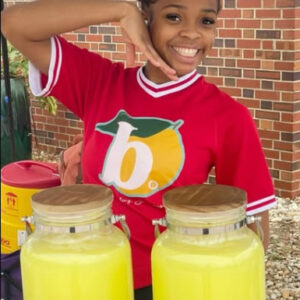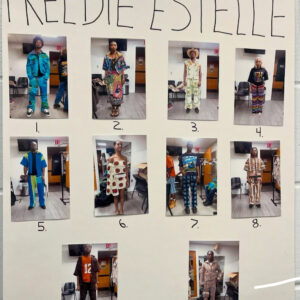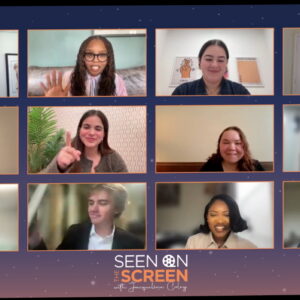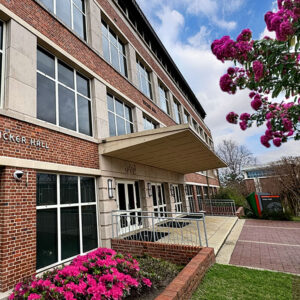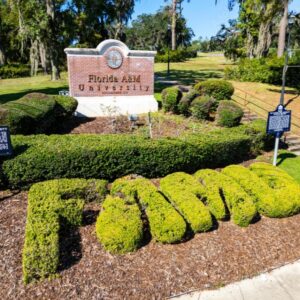Sports | April 29th, 2023
Batter Up! – Baseball at FAMU and its Importance on HBCU Campuses
By: Tatyanna McCray
Football may be America’s favorite pastime sport, but baseball is America’s sweetheart.
Baseball has always been a beloved sport in many different communities nationwide. Eventually, colleges began hosting games in 1859. Professional baseball, also known as major league baseball, originated in 1903 after national and American baseball leagues merged. Professional baseball season is roughly six to seven months long, with over a hundred games played each season.
Like any other sport, subdivisions separate each college and University based on the criteria they meet, which is a hierarchy of ranking based on sportsmanship, athleticism, and access to resources at each institution.
Baseball has been prevalent in the black community since the 1800s. By the mid-1890s, students on the FAMU campus played sports such as baseball, basketball, and tennis regularly. According to documented records, baseball is one of the campus’s oldest sports.
Homerun
FAMU has produced a few baseball players that went on to play in the MLB, including Vince Coleman, Marquis Grissom, and Hal McRae. Over the years, more than two hundred Southwestern Atlantic Conference HBCU players have played in the MLB.
However, SWAC players only make up a small portion of the major league’s overall large quantity. Each major league sport has a specific set of draft rules and regulations, and major league baseball is no different. Players are eligible to be chosen straight out of high school, while college players can declare for the draft either during their junior year or after they turn 21.
There will be 20 rounds in this year’s MLB draft, 20 rounds less than before. 2019, and prior the MLB held a total of 40 sessions for each of the 30 teams to pick a player. The goal is to ensure that each team gets a significant number of players drafted to their roster to create more vital systems among the group and find the next big breaking star in baseball. The cut in numbers may hurt SWAC baseball players as it dwindles their chances of making it to the league, forcing them to work ten times harder than their competition.
Although baseball seems like a sweet, non-contact sport, it is still injury prone. Pulling a muscle, spraining a ligament, and cuts are common injuries sustained during the game. Thankfully, once a player’s season begins, they have access to healthcare and other beneficial perks that grow as they become more seasoned.
Despite players receiving generous benefits, it solely depends on the contractual agreement written up for each player. Some players sign great deals, while others receive breadcrumbs.
For example, the MLB offers a handsome pension for players upon their retirement years, but a player is only eligible for the allowance if they reach ten or more years as an active player. According to multiple sources, a player’s average time in the MLB varies from two and a half to five years.
Strike, you’re out!
Even though the MLB created the benefits with good intentions, the dedication of years to obtain them could prove detrimental to the player. As of December 2022, only 185 professional baseball players have achieved the tempting goal of ten years in the MLB.
If a franchise decides they no longer want or need a player, the player could be “waived.” Sometimes the waiver places the player up for grabs to another team or releases them to minor league baseball.
Sports are brutal, one minute, you’re worthy of praise, and the next, a sports anchor is dragging you for a mistake.
Last year’s MLB combine featured 250 invited players, and not a single player was from an HBCU. Some student-athletes receive accolades and contracts, but the reality is they’re far and few, at HBCUs. Representation from baseball players at HBCUs has dwindled over time, causing little to no support outside of a local and home base level.
As a result, this creates more obstacles for athletes at HBCUs to gain the much-deserved recognition for their talents to journey onto greener pastures.
Good character and a promising future could bring forth endorsement opportunities for college athletes, such as NIL deals. To build up their networking and connect with different groups and people, name, image, and likeness deals are signed for players to earn endorsements, money, and other contracts to ensure their possible longevity in their desired sports career.
The values can range from small local businesses to national and global connections. NIL deals are a great way to uplift and create more opportunities for athletes at HBCUs. It opens the door to endless possibilities to build a solid foundation, proving that HBCUs can produce star athletes.
In contrast to this, however, NIL deals are far and few in between for athletes on HBCU campuses. As a result, this makes it more difficult to promote their skill sets, as they’re overshadowed, overlooked, and quickly forgotten at times.
Time Out, Player Highlights:
- Vince Coleman played in the MLB for 12 years
- Marquis Grissom played in the MLB for 16 years
- Hal McRae played in the MLB for 19 years
Play Ball
At FAMU, baseball games still bring in a sensible crowd, and they have had a good 2023 season.
In opposition to this, the lack of black players on baseball teams at some HBCUs causes discord as it erases the much-needed representation of black talent at the college level. Furthermore, it makes it easier to overlook the talent present on HBCU campuses.
In 2021, only one player, Kamron Fields, was drafted from an HBCU to the MLB, which shocked some and hurt others, understandably. Baseball and HBCU supporters could not understand why only one player was deemed worthy enough to play in the major league after so many rounds and picks. Low draft numbers among the MLB have also been an ongoing issue for football and basketball players at FAMU, creating a glass ceiling that is undeniably hard to break.
Sports’ impact on athletes’ lives is prosperous, especially for players within the black community. Providing an opportunity to fulfill a dream of playing in their favorite major league creates a driving passion within athletes, encouraging them to chase what has become nearly unattainable for athletes at HBCUs.
It also enables a good routine and healthy habits such as working out and staying active. Not only is it a dream to look forward to pursuing it also offers the opportunity to break destructive cycles of quick mistakes and bad decisions that could haunt them for years to come well after their youth.
It’s better to become involved in interests and hobbies that will lead the way for better opportunities that could spring into career goals and aspirations. After all, you never know where those dreams and aspirations could take you.
